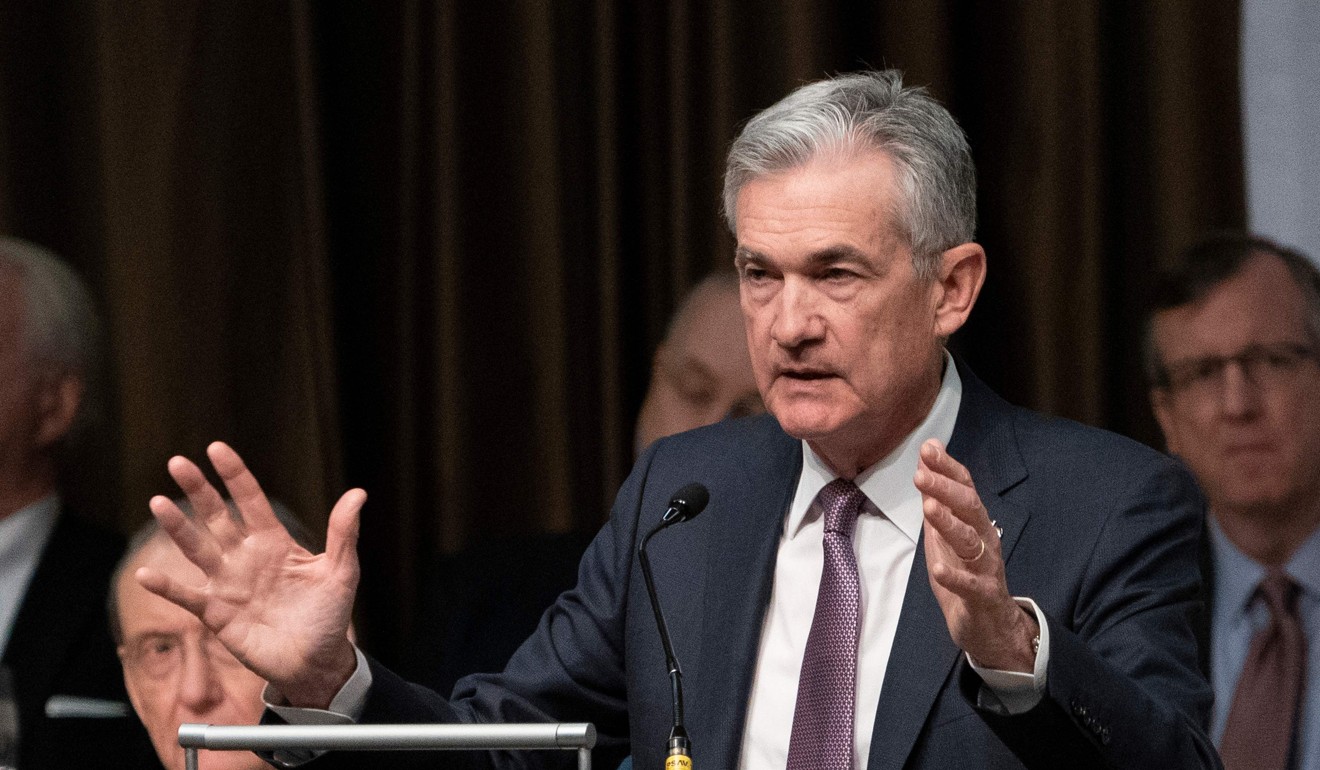The Xi-Trump trade truce may not end in a peace treaty, and markets should prepare accordingly
- Neal Kimberley says investors can adjust short-term plans, but the pending US tariff hike has only been delayed for 90 days
- And, even if the trade war is resolved for good, investors may have to prepare for more Fed interest rate rises than expected
90-day ceasefire in the China-US trade war isn’t a peace agreement. Markets will take the lead from Saturday’s meeting between China’s President Xi Jinping and his US counterpart Donald Trump at the G20 in Buenos Aires, but they shouldn’t get carried away. The can just got kicked 90 days down the road.
That isn’t long but it’s what Beijing and Washington have agreed on as a time frame to resolve a multitude of long-standing differences. If agreement proves illusory, the White House statement on the Xi-Trump meeting made clear that “the 10 per cent tariffs will be raised to 25 per cent” with the delayed roll-out of tariff increases that had originally been scheduled for January.
As the clock ticks, in the very short term, markets must try and compute the implications of this trade war ceasefire. Some computations might be easier than others.
The White House statement noted that “China has agreed to start purchasing agricultural product from our farmers immediately”. Markets might therefore rationally expect an uptick in the price of US soybeans. The onset of tariffs and counter-tariffs have seen Chinese purchases in 2017 of US$12 billion of US soybeans dwindle to almost nothing this year, resulting in lower US soybean prices.
Other potential market implications of the Xi-Trump meeting may be more contestable. In the currency space, it could be argued that no further worsening in trade tensions could lend itself to a greater degree of risk appetite as opposed to risk aversion, although diminishing liquidity conditions going into the end of the year may delay such a development until January.
To the extent that yuan weakness has in part reflected deteriorating US-China trade relations, the yuan could make some gains from the weekend announcement. Currencies such as the Australian dollar, which, given Australia’s close economic links to China is often seen as a proxy play on the Chinese economy, might also benefit.
By the same argument, the allure of currencies such as theJapanese yen, which acquire a safe-haven status in times of global risk aversion, might fade somewhat.


But markets must also seek to compute what the outcome of the Xi-Trump meeting might mean for the US dollar itself. Recently, arguments in favour of the US dollar have been somewhat undermined by a scaling back of market expectations for further US interest rate increases, as theFederal Reserve has arguably started to sound a little less hawkish.
Minutes of the Fed’s November meeting, published last Thursday, did show that policymakers thought another US rate hike was “likely to be warranted fairly soon”. Markets expect a hike this month. But the Fed also said US “monetary policy was not on a preset course”, alluding to, among other factors, “risks in the global outlook”.
China-US trade tensions surely represent a key risk to the global outlook. Consequently, if trade tensions do ease, then USbond markets might have to recalibrate for the possibility of more US rate hikes in 2019 than are currently priced. By extension, that could give the US dollar some traction on the currency market, potentially augmenting arguments in favour of a weaker yen versus the dollar but undermining any rationale for currency market participants to buy the Aussie dollar or the yuan.
Looking further ahead, markets might also wonder whether, with just 90 days to play with, a trade war armistice can result in a peace pact. There’s a lot to be negotiated with an agenda, which the White House noted, incorporates “forced technologytransfer, intellectual property protection, non-tariff barriers, cyber intrusions and cyber theft, services and agriculture”.
Writing on November 28, Eleanor Olcott, a China policy strategist at investment research firm TS Lombard, argued that the trade war has “morphed into a broader economic confrontation which is set to be long and ugly”, adding that, for example, “the [Trump] administration is capitalising on grievances against [intellectual property] theft to push through moves to block China from acquiring cutting-edge expertise”.
Such a viewpoint only serves to bring the 90-day time frame for agreement into even sharper focus. Even assuming that the will to negotiate on both sides is there, markets could still conclude that the allotted timescale for such broad negotiations is too short to guarantee an equitable conclusion.
Markets can take a variety of short-term directions as a consequence of Saturday’s meeting but shouldn’t get overexcited. It is going to be a tall order for Beijing and Washington to resolve all their trade differences in just 90 days. Ceasefires don’t always lead to peace treaties.
Neal Kimberley is a commentator on macroeconomics and financial markets






